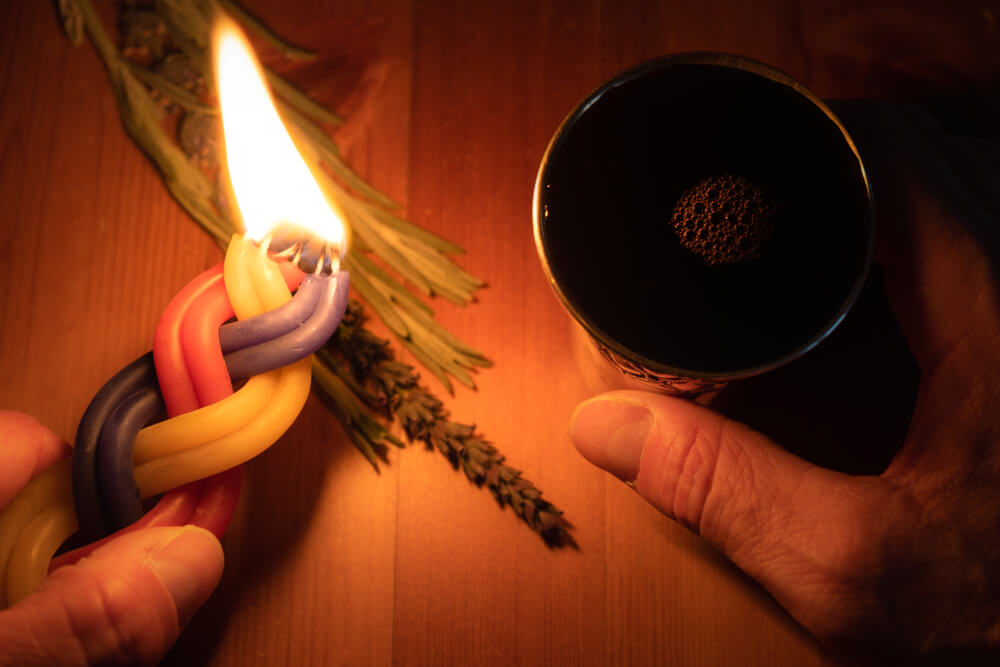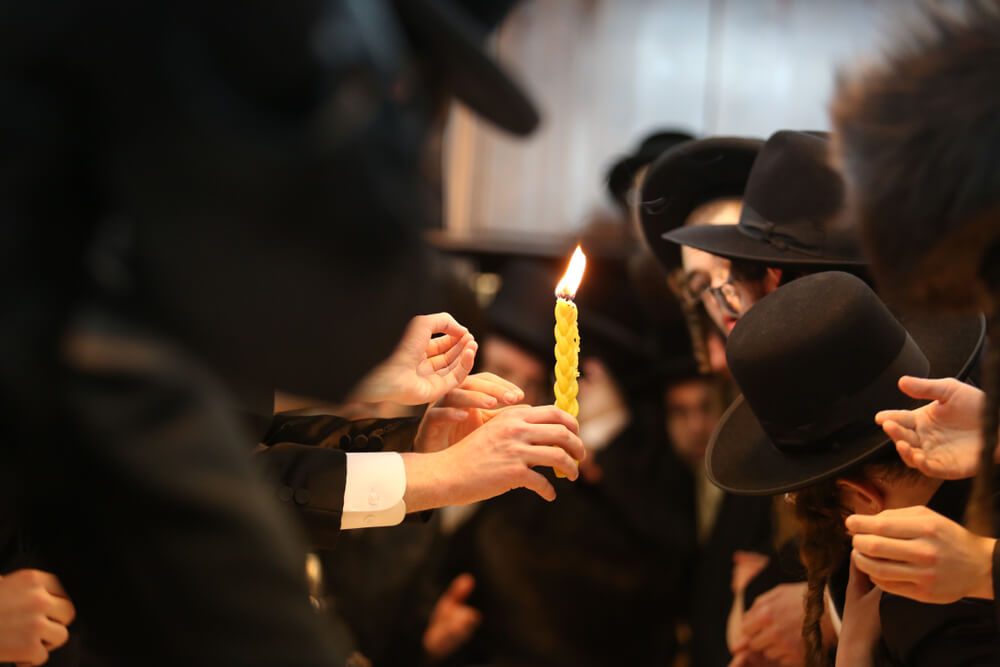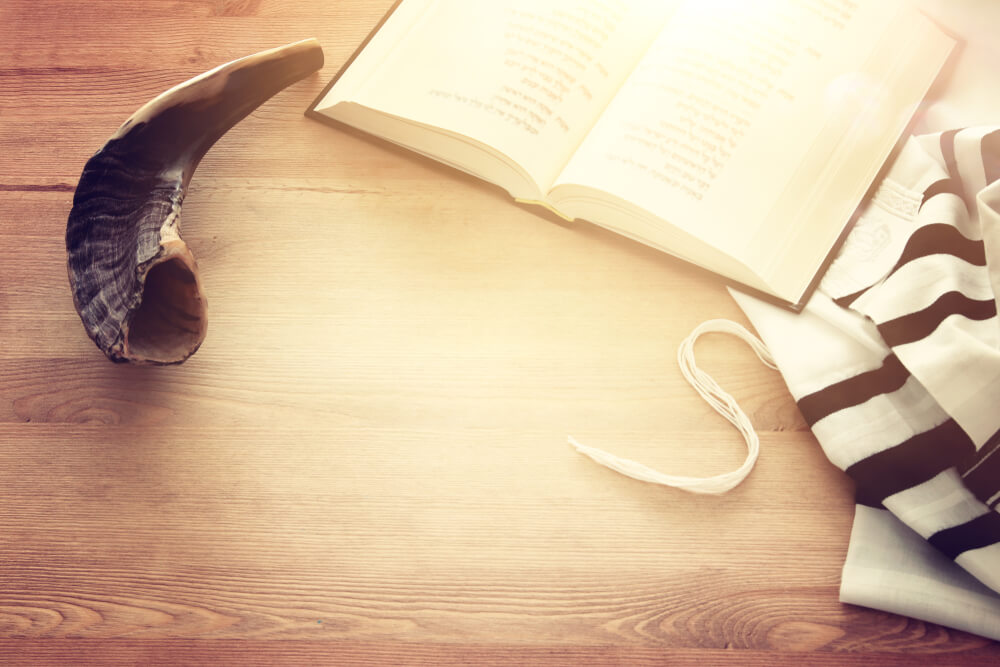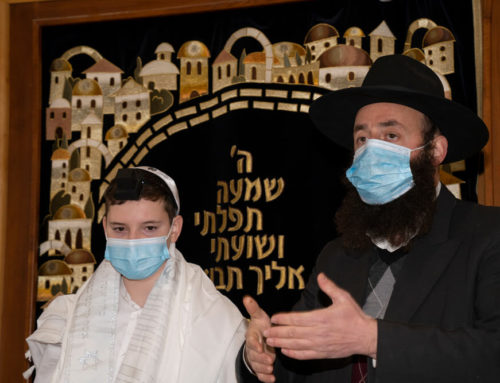What is the hiddur mitzvah? Basically, the Jewish community defines this concept as beautifying a commandment by trying to appeal to the senses. According to the idea, some ornate ritual objects have the potential to engage the faith’s followers’ feelings more. The tastes, the specific sounds, smells, fragrances, colors, textures, and artistry all play an essential role in the concept of the hiddur mitzvah, making all mitzvot more memorable, enjoyable, and religiously even more critical.
In other words, these aesthetically pleasant objects manage to enhance the overall experience of every Jewish practice observation, may that be a bar mitzvah or sukkah, expanding the enjoyment of the accompanying religious acts.
In this article, we will aim to explain everything you need to know about the concept of the hiddur mitzvah in various mitzvot. Also, if you are looking for a reliable South Florida mohel, feel free to read a couple of other entries from our blog section and then reach out to Dr. Krinsky to learn more about the sacred act of the brit milah.
Hiddur Mitzvah and the Shabbat
Needless to say, the Shabbat takes center stage in Judaism, as it represents a distinctive ritual in the faith.
More precisely, the Shabbat represents the “finale” of how God created the entire universe. During the observation of Shabbat, the Jewish community celebrates the world’s divine order of the world as a whole and the place of all humans in it.
As such, the Shabbat is a joyous occasion and a day when we look away from the trials and tribulations of everyday life. Some experts claim that the Shabbat can be best defined as the preview of a “perfect world” that will take place following the Mashiach’s (the Messiah’s) return. In this sense, the Shabbat represents a day of spiritual delights and physical revitalization that highlights the most foundational Judaistic concepts.
Given the overall importance of the Shabbat, it’s not that surprising that the concept of the hiddur mitzvah will also play an important role. There are several ritual objects used during the occasion to enhance the religious experience. For the most part, family heirlooms passed down generations and Judaica are important when enhancing the Sabbath with the concept of hiddur mitzvah. Apart from the historical and literary materials, other memorabilia like kiddush cup collections, challah covers, candlesticks, and other objects may all potentially enhance the observation of the Shabbat.
Havdalah

When talking about hiddur mitzvah, we must also talk about the objects that play an essential role in the observance of Havdalah.
Havdalah represents the ritual that aims to separate the Shabbat’s holiness from the gray and mundane work week.
According to one of the most celebrated Jewish poets, Saadia ben Yosef, there are three components that can be defined as hiddur mitzvah in the Havdalah ritual. In the poem La-Ner (The Candle), he speaks about the importance of wine, spices, and candles that are essential to a proper Havdalah.
Sukkah
Celebrated in October, the Sukkah or Sukkot is one of the three biblically founded pilgrimage celebrations. It can be defined as an agricultural festival that was a thanksgiving for the yearly fruit harvest.
The sukkot are objects that resemble small huts where Jews lived during their travels following the exodus. As such, the sukkah aims to represent just how fragile life is and shows us that we should all appreciate the shelter our bodies and homes provide.
Needless to say, the holiday starts with the act of building a sukkah, and the followers of the faith are required to have all of their meals there for eight days (in Isreal, only seven). On the first day, all forms of work are highly forbidden, and the sukkah must be decorated. Also, during the holiday, the four species or Arbat ha-minim should be held together and waved.
These include:
- Etrog (citron tree fruit)
- Hadas (myrtle tree leaves)
- Lulav (palm fond)
- Aravah (willow tree leaves)
Needless to say, as the sukkah should be decorated, hiddur mitzvah ritual objects can be used to enhance the occasion even more. Candles, books, and other family heirlooms may help the families within the community to engage with the observance of sukkah even more, helping them to understand better the importance of shelter and the fragility of life.
The Importance of Beautifying Religious Objects

No matter whether you use these ritual objects in the observance of a bar mitzvah or any other holiday, their primary purpose is still to enhance the experience of observing these occasions.
That being said, the entire concept of hiddur mitzvah can be applied in several ways. For example, some members of the community will choose to observe any of the mitzvot with a store-bought, inexpensive, stamped Hannukah menorah. On the other hand, other families might actually take their time and put in the effort to buy a more expensive and detailed one. Better yet, some might even choose to build one themselves.
Staying at the example of the Hannukkiyah, some might choose an oil-burning option while others will opt for the “standard” candle-burning version. Given that the act of lighting the candles can connect the entire mitzvah to ancient times, using such menorah versions might be a better option to embrace the principles of hiddur mitzvah and enrich the observance even more.
Lastly, it’s also great to know that there are companies that give away free Haggadot just before Passover. The Passover guide will usually contain the accompanying traditional text to be used at the seder. Those families who want to embrace the concept of beautifying will usually be a Haggadot that’s illustrated and edited beautifully. Similarly, these families may also use special seder plates, Kiddush cups, and eye-catching matzah covers.
Engaging With The Holiday
By now, you probably know that the primary purpose behind the beautifying concept is to engage with the religious holidays on a higher level.
A great example of the concept of hiddur mitzvah would be the ritual of Havdalah, where the ritual objects that we use clearly enhance everything by engaging all the senses. Tasting the wine’s sweetness, smelling the strong but not unpleasant fragrance of the various spices, and feeling the warmth of the candle-lit flame, all while listening to the glorious melody of all the blessings, account for a heightened experience.
All these sensory experiences are what make not just the ritual but the entire occasion special, helping everyone in the community through another work week until being able to enjoy their well-deserved rest during the upcoming Shabbat.
Still, the concept of hiddur mitzvah isn’t necessarily obligatory. It aims to evoke a sense of specialness, like the delicate china our grandparents used only once a year. Today, we live turbulent lives, and we often simply can’t use these ritual objects to get the most out of every observance.
And at the end of the day, hiddur mitzvah is more just a means to an end. The concept isn’t the occasion itself. As long as we follow the faith, respect and adhere to the traditions, we are on the right path.
That being said, if you have any questions related to this topic or mohel services in South Florida, feel free to reach out to Dr. Krinsky.




